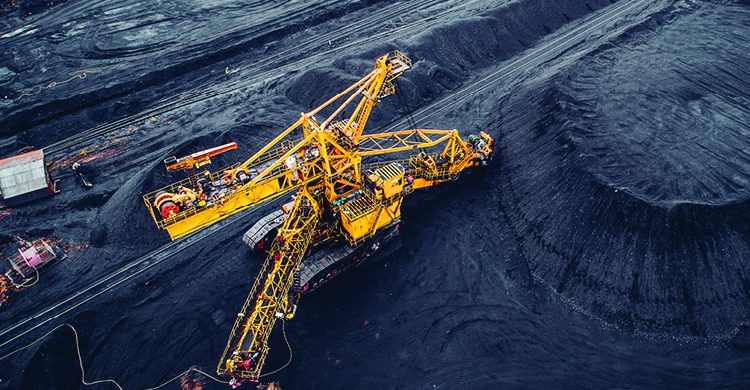
The last thing on the minds of workers at the oldest-known mine on archaeological record some 43,000 years ago in Swaziland was what their mine might become long after their tools had been put away.
Fast forward to today, and the transformation from active mine to mine closure is a C-level business consideration with just as many consequences as traditional mining decisions such as mine planning, development and geology.
For Tom Butler – CEO of the International Council on Mining and Metals – ensuring that mines have alternative uses post closure is an essential step in building and maintaining a company’s social license to operate.
“The mines being built today are markedly different from those built not so long ago. The relationships that have been built with host communities are generally better and environmental performance much improved, but there is still lots to be done on building stakeholder and community relations.
“I think we need to take much more of a partnership model than we have done in the past. That means developing projects from the outset in a spirit of true partnership with surrounding communities, local government, and other economic actors,” said the CEO of International Council on Mining and Metals (ICMM).
According to the ICMM, responsible mine closure requires the active participation of local communities in the planning and implementation of actions, so that lasting benefits can be recognised.
Communities and local businesses grow up with dependence on the mine operation and the ceasing of operations has flow-on economic and social impacts. Thus, closure planning should be incorporated into the early stages of project development and operation.
As detailed in a 2016 report by the Mineral Policy Institute, Australia alone has 431 operating mines, 1,373 historic mines and 50,000 abandoned mines scattered across the country. For Butler, designing alternative uses for those mines is a concrete example of how miners can engage in a partnership with local stakeholders.
Examples of this approach are varied in their uses and location:
For Butler, these examples are just the tip of the iceberg but require equal buy-in from all stakeholders involved.
“Engaging in a true partnership – a partnership of equals – means being willing to give up a degree of control. The mining industry has not always been good at this in the past. I think we will need to adjust our approach on that score,” said Mr Butler.
Risk of losing social licence to operate
The 2017-2018 ‘top 10 business risks facing mining and metals’ survey published by professional services firm EY, ranks the loss of social license as one of the biggest risks to the industry today alongside cyber, resource replacement and digital effectiveness.
Butler agrees but with the nuance that gaining social licence for a new mine is often an equal if not greater challenge.
“Social licence – or community acceptance – spills over into societal acceptance which the industry needs if it is to continue to obtain finance, build projects and access markets on reasonable terms,” says Mr Butler.
Organisations may be investing millions of dollars in sustainability and community investment initiatives, but there needs to be a shift from a reactive and compensation model of social investment to one that is far more strategic and collaborative.
“ICMM’s approach is to provide a non-competitive space for 27 CEOs of the world’s leading mining companies, and their teams, to discuss this and other challenges.
“We have made great progress over the 17 years since our founding, in terms of enhancing environmental and social performance. However, society’s expectations continue to evolve, which means that we, and the industry, need to be ready to continue to evolve as well,” said Mr Butler.
Looking forward, the ICMM is setting aspirational goals and moving into a more collaborative mode to address them. On the back of this year’s Council meeting in Melbourne, the organisation and its members will be collaborating with mobile equipment manufacturers to improve safety and to reduce diesel particulate and carbon dioxide emissions.
“We are developing three-year stakeholder engagement (plan) on critical topics, such as closure and community engagement. And we will continue our efforts to communicate better about what we and our members are doing to address these challenges, in a way that engages society,” finalised Butler.